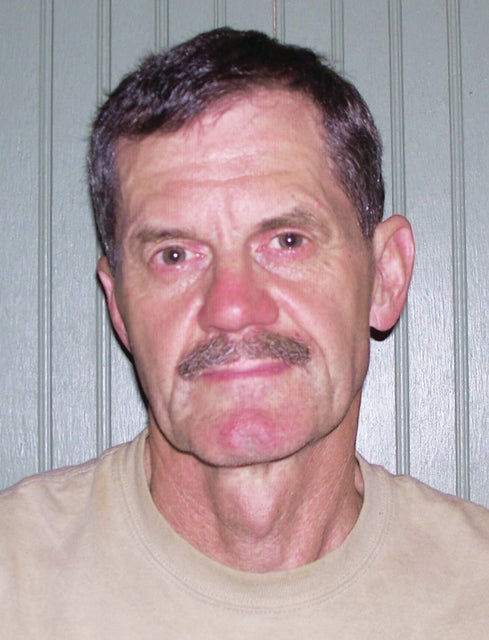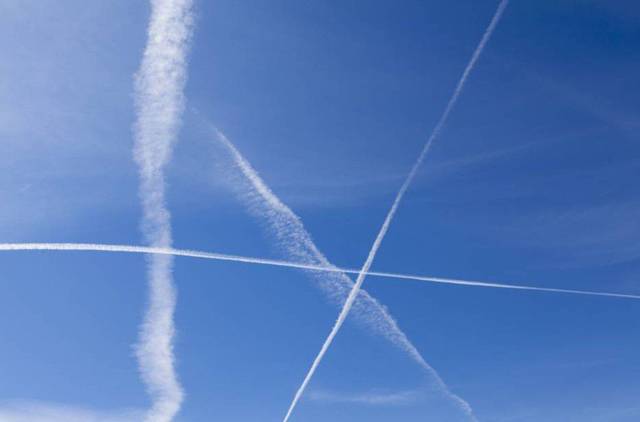The curiosity of contrails
Published 6:15 am Wednesday, February 28, 2018
You may not have realized it, but if you look up on a clear day you will likely see a man-made cloud somewhere in the sky, trailing behind jet aircraft high up in the atmosphere. Contrails, short for condensation trails, are formed from the water vapor found in aircraft exhaust as a byproduct of fuel combustion. Natural clouds form from the same process of water vapor condensing in cool air as it rises, so technically contrails are clouds, just from an unnatural source.
Contrail formation is similar to what your breath does on a cold day, where a body temperature exhale full of water vapor hits cold air upon exiting your mouth and condenses into visible mini-droplets. Only with contrails the exhale from jet engines is a toasty 1,600 degrees Fahrenheit, that hits an air temperature that at cruising altitude is 30 to 60 degrees below zero, resulting in a rapid formation of ice crystals that form a bright linear cloud behind the aircraft.
As you may have observed, there’s a lot of variability in contrail formation. Some days you will see planes with no contrails, while others form contrails that evaporate a short distance behind the aircraft. But on some days the contrails last for hours and form ever expanding crisscross patterns in the sky. Which it will be depends on what’s going on in the upper atmosphere. If the air up there is warm enough and dry enough, the ice crystals evaporate shortly after formation. But if the air is cold and moist, then the contrails are long duration. This variability can be a weather indicator. Short or no contrail formation denotes a dry troposphere and may indicate fair weather. Long lasting contrails indicate that the upper atmosphere is moist and rising, which it normally does with an approaching warm front, which may bring precipitation in a day or so.
In the right conditions, contrails can grow and form a cloud layer called Cirrostratus. Besides water vapor there are other things in aircraft exhaust, carbon dioxide, hydrocarbons and such, but also a lot of tiny particles of soot and other solids. These particles act as nuclei on which water vapor can form droplets in the condensation process. Going from water vapor to visible droplets doesn’t happen just because it’s cold enough. It can be well below freezing, but if there are no nuclei to form droplets onto there is no condensation. It’s an oddity, but a critical one when it comes to cloud formation. So, contrails under the right conditions will grow because the aircraft exhaust particles allow condensation of water vapor in the surrounding air, and so the contrail cloud endures and grows considerably larger.
Clouds of all kinds are pretty cool if you are observant, and it’s something you can do from anywhere. So let the inner child out now and then and be a cloud observer. Lying on the grass is optional, but fun to do with the kids. If you really get into clouds you can join an international organization called The Cloud Appreciation Society. A really good book on clouds is The Cloud Spotter’s Guide, by Gavin Pretor-Pinney.
Steve Roark is a retired area forester from Tazewell, Tennessee.







